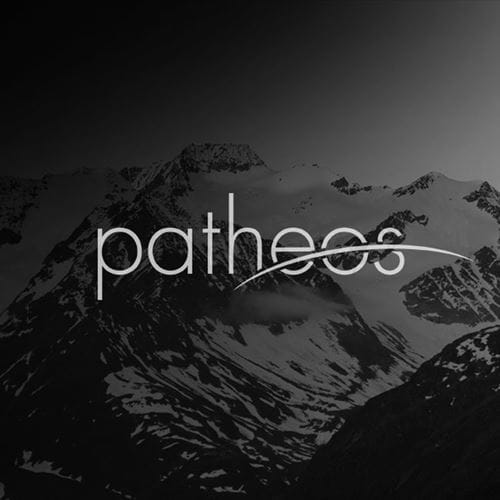- Trending:
- Pope Leo Xiv
- |
- Israel
- |
- Trump
- |
- Social Justice
- |
- Peace
- |
- Love

RELIGION LIBRARY
Presbyterian and Reformed
Gender and Sexuality
In Reformed churches gender roles, and views of sexuality, mirror the social contexts in which its members live, as they do for all Christians. Like all Protestant denominations, beliefs about gender and sexuality break down not on denominational lines but on conservative/liberal lines. There is not a distinctive Reformed teaching, and conservative Presbyterians have more in common with their conservative Catholic and Protestant colleagues from other denominations than with liberal Presbyterians (who, in turn, have more in common with liberal colleagues from other denominations).
Reformed churches in Europe tend to be quite liberal, working for the equality of women, and not believing homosexuality to be a sin. The Reformed Churches in Holland, for example, extended full participation to gays in 1986. The translation of the Heidelberg Confession used in Holland does not include homosexuality on its list of sins, as does the English version used in the United States: "Surely you know that the unjust will never come into possession of the kingdom of God. Make no mistake: no fornicator or idolater, none who are guilty either of adultery or of homosexual perversion, no thieves or grabbers or drunkards or slanderers or swindlers, will possess the kingdom of God." The Reformed Church in America and the Christian Reformed Church are currently engaged in a thorough retranslation of the Heidelberg Confession. This new translation does not include the homosexual reference.
The Presbyterian Church (U.S.A.) (PCUSA), the largest Reformed denomination in America, is divided on the issue of homosexuality, as are all mainline denominations. The issue continues to be discussed at all levels of the Church, and is frequently on the agenda of the General Assembly.
The General Assembly has argued that "homosexual persons are encompassed in the searching love of Christ," and that the Church must reject fear and homophobia. Gays are to be welcomed into Church and not dissuaded from being open about their orientation. The PCUSA defines marriage as a covenant between a man and a woman and does not allow the use of church buildings for union ceremonies that the session (the governing body of each congregation) determines is the equivalent of a marriage ceremony.
The role of women in the Reformed churches has also mirrored the historical and social contexts in which each of the churches has existed. Women had long been active in mission boards in the U.S.A. In the 1860s, Presbyterian women in the U.S.A. organized a separate mission board because of the refusal of existing mission organizations to send out single female missionaries.
The first female deacons were ordained in 1906. In 1930 presbyteries began to ordain women as elders. This was in the midst of the modernism controversies about correct interpretation of scripture. The debate was quite heated, with one conservative Presbyterian magazine commenting: "The question of woman is one of the most pivotal questions in the human race and in the Holy Catholic church. Error here has caused the collapse of civilizations, and may mean the apostasy of the church." Although women were allowed to serve as elders beginning in 1930, until 1950 very few were appointed. In the Chicago Presbytery there was an average of one female elder ordained per year.
In 1956 Margaret E. Towner was the first woman to be ordained in the Presbyterian Church as a minister of Word and Sacrament. Currently about 30% of active Presbyterian clergy are women.
Study Questions:
1. How do Reformed churches in Europe view women and homosexuals?
2. What is the Heidelberg Confession? How has it been adapted in the United States?
3. What has the General Assembly of the PCUSA argued about homosexuality?
4. When did ordination become possible for Women within the Presbyterian Church? Why might it have seemed like a façade at first?










